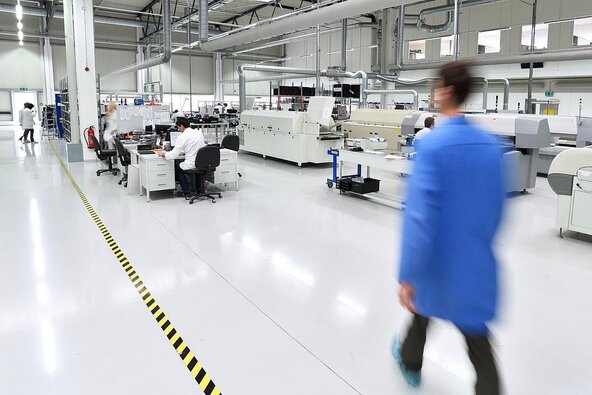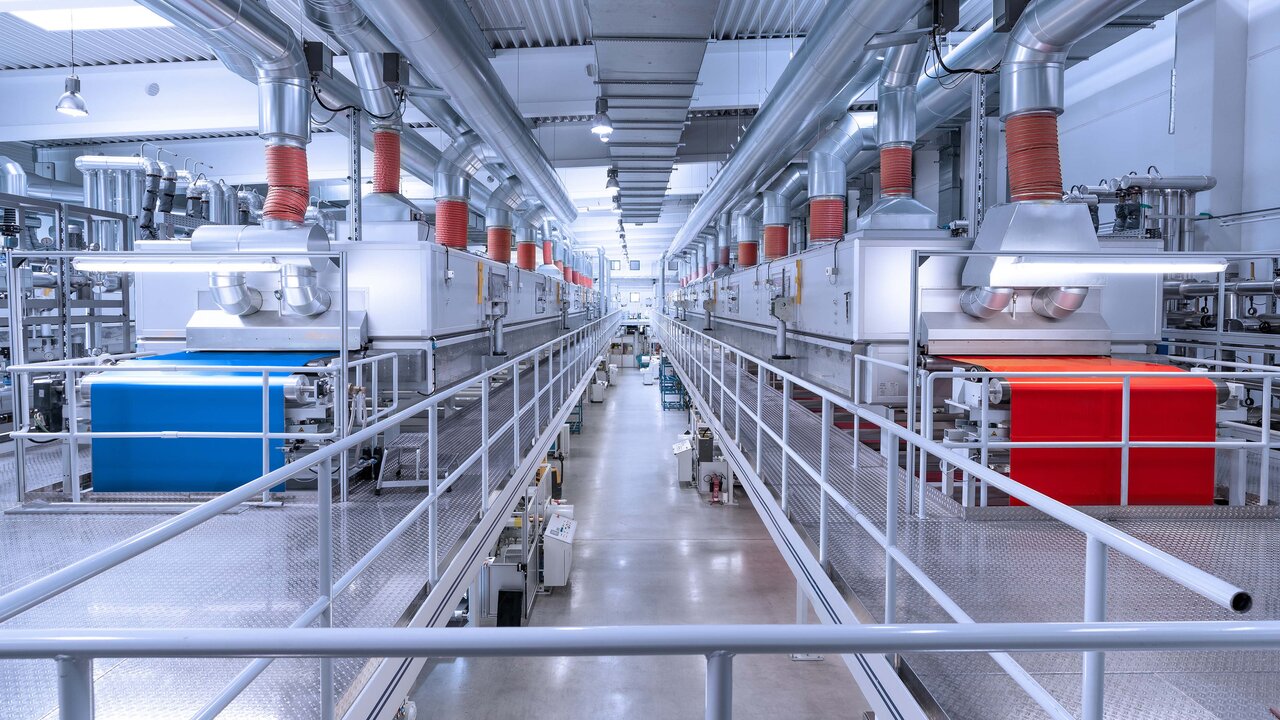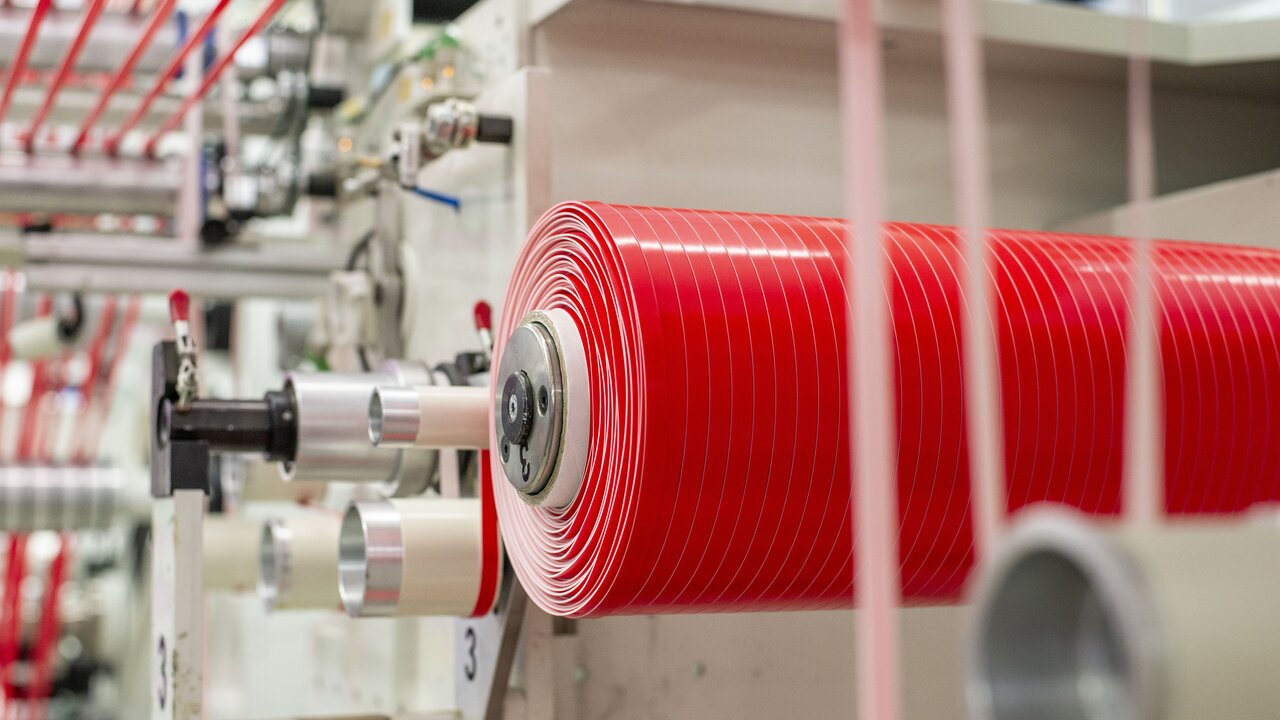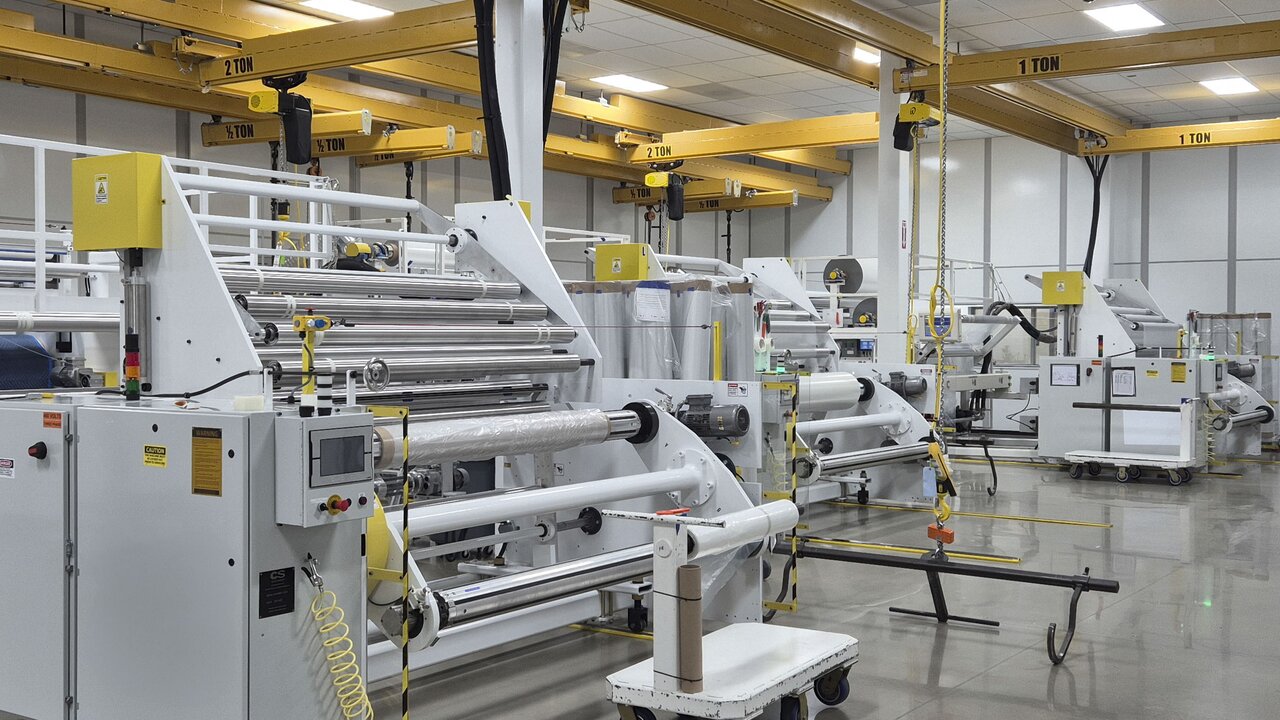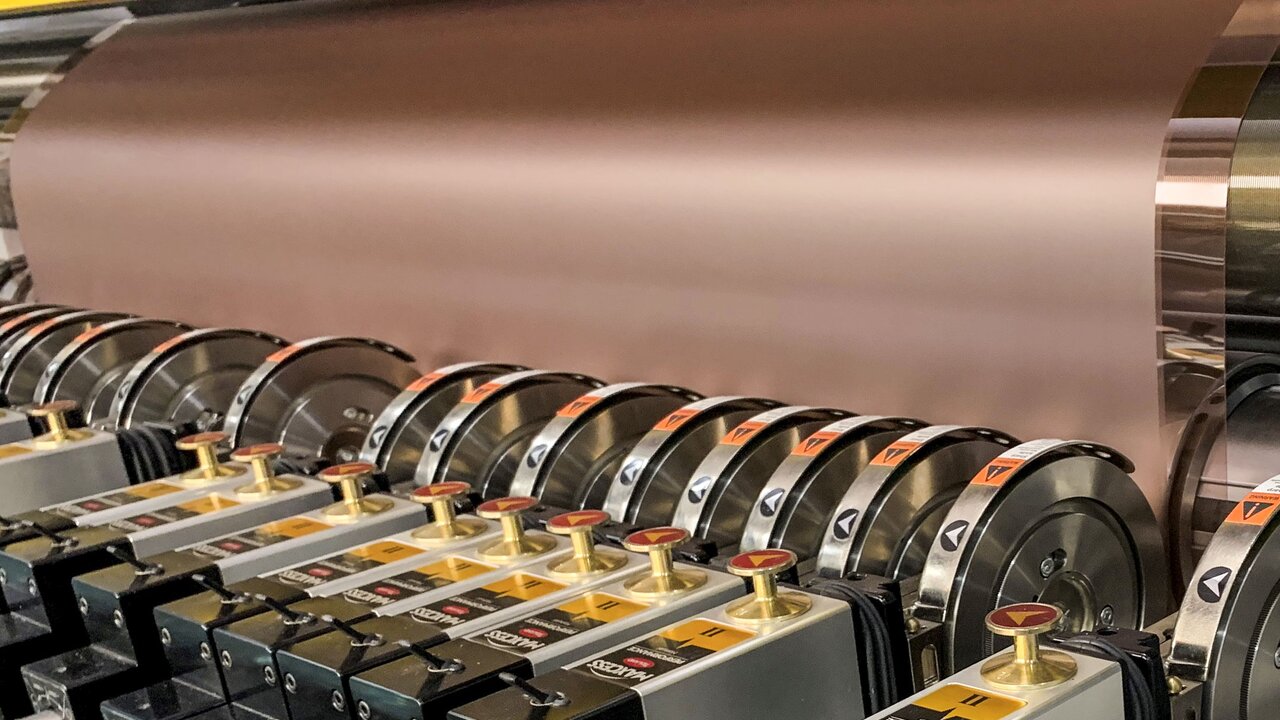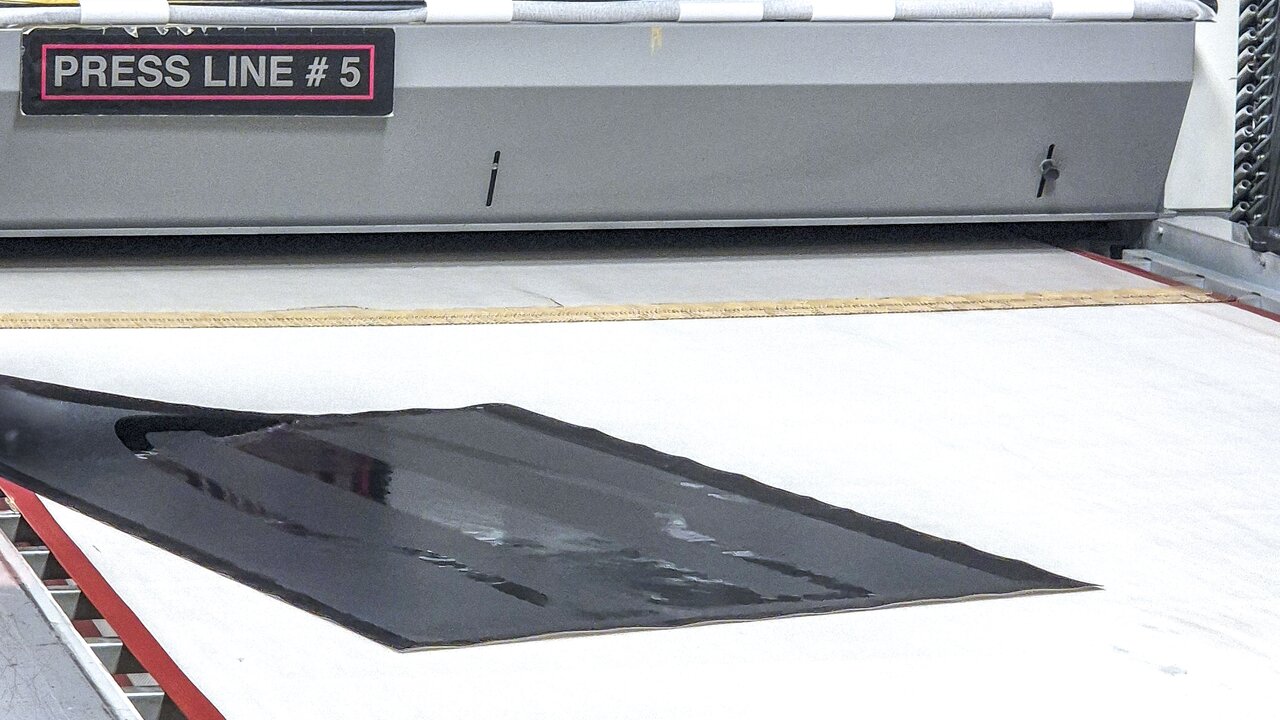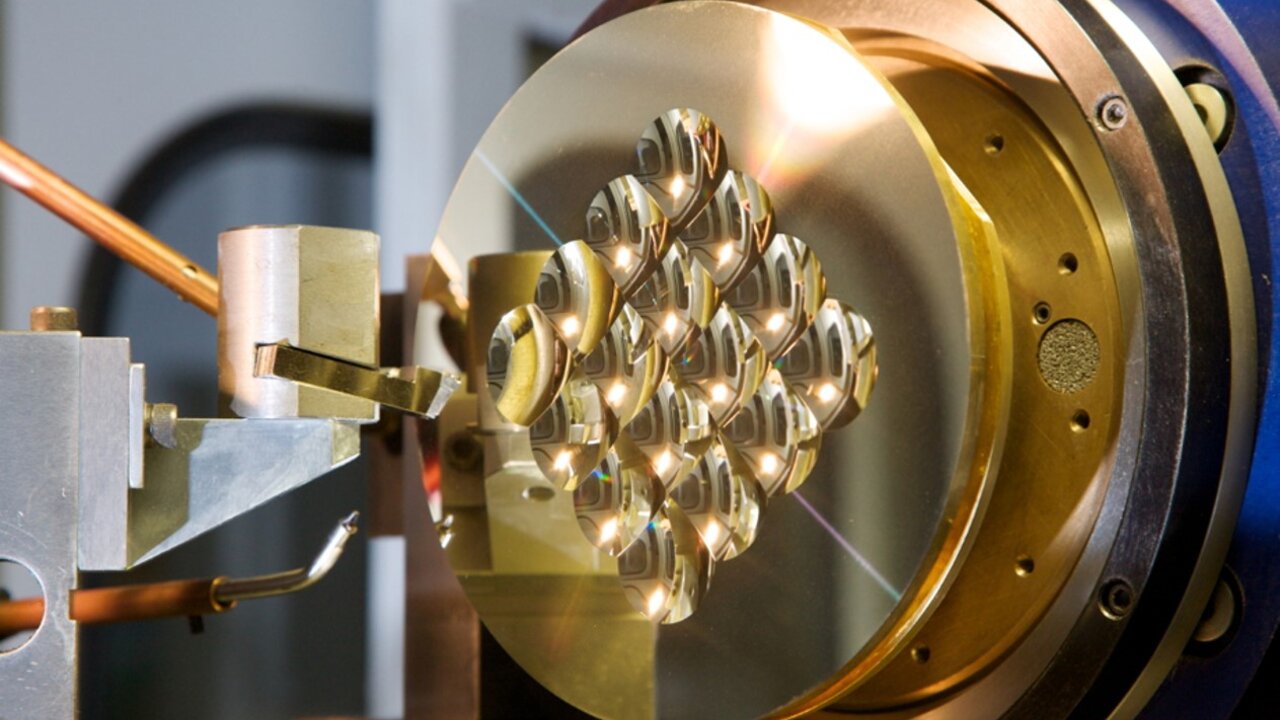ORAFOL offers first-class safety solutions: Our certified retroreflective materials and advanced technologies support maximum visibility in high-risk occupations, hazardous locations and for equipment as well as vehicles. High-quality designs and robust materials exceed market standards and provide reliable grip.
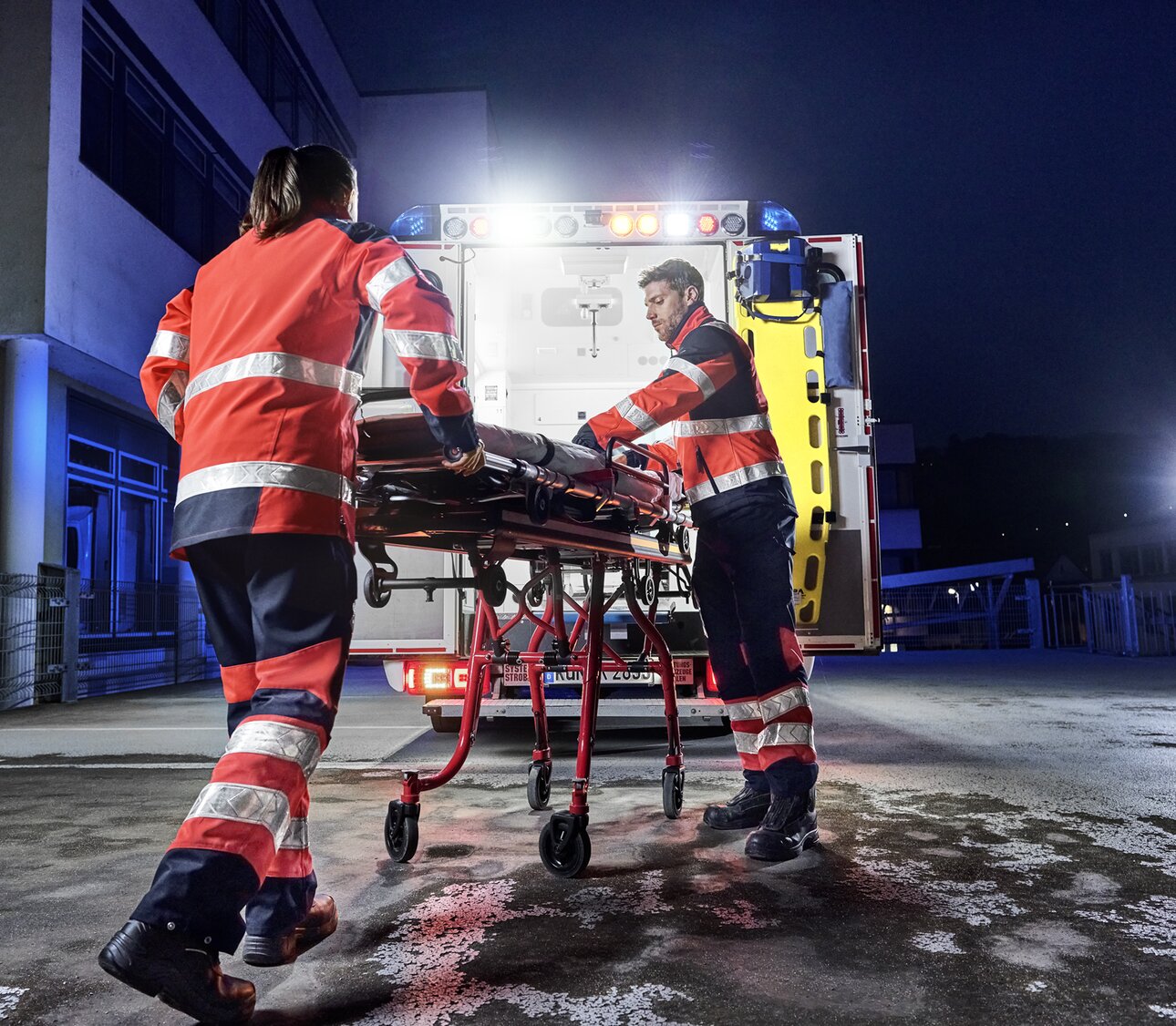
Safety & Protection
Personal protection, workwear and firefighter clothing
ORAFOL is committed to premium quality in the production and finishing of retroreflective materials. With a wide range of reflective materials - certified according to EN ISO 20471 (protection classes 1-3) - people in hazardous occupations are optimally equipped. Our portfolio includes high-tech and customizable solutions in all prismatic and glass bead-based reflective classes.
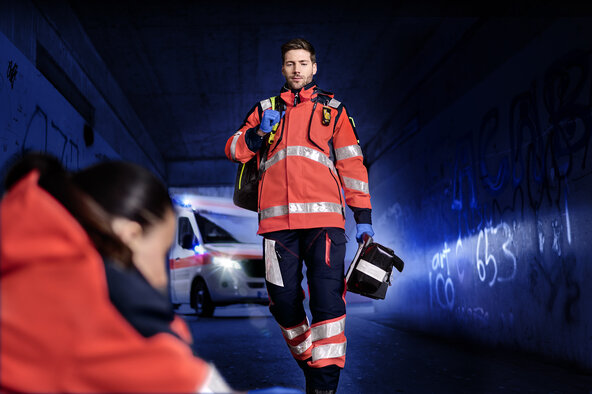
ORALITE® Engineered to save lifes
Particularly in extreme situations, maximum visibility of workwear contributes significantly to personal protection. Thanks to appropriate technologies, ORAFOL offers products with outstanding reflective performance.
In addition to a high-quality standard range, we meet important customer requirements with exclusive special products. These include the “Triple Trim” design for full reflection from edge to edge and very robust materials that can withstand up to 100 wash cycles at 60-92°C.
Marking of emergency and commercial vehicles
Standard-compliant marking in accordance with German, European and international standards places particularly high demands on retroreflective materials. ORAFOL's high-tech systems, technical expertise and constant drive for premium quality enable a selection of products that meet legal requirements and are also particularly user-friendly.
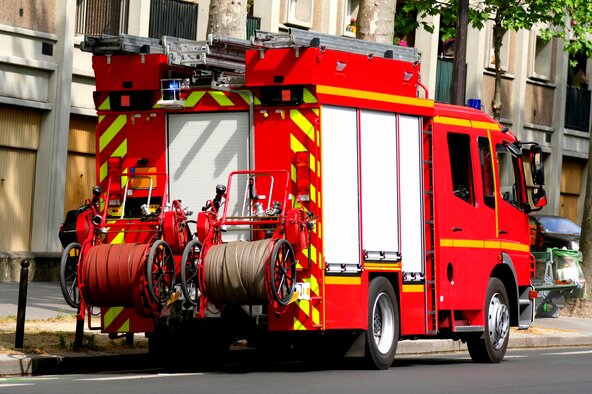
Standard-compliant marking of fire department vehicles
The German DIN 14502-3 standard regulates the marking of fire department vehicles. ORALITE® brand products have been developed with the highest precision and offer standard-compliant solutions for lettering, contour and warning markings as well as the prescribed contrasting color.
Special advantages: Durability of up to 10 years, maximum reflective values and no need for sealing on cut edges.
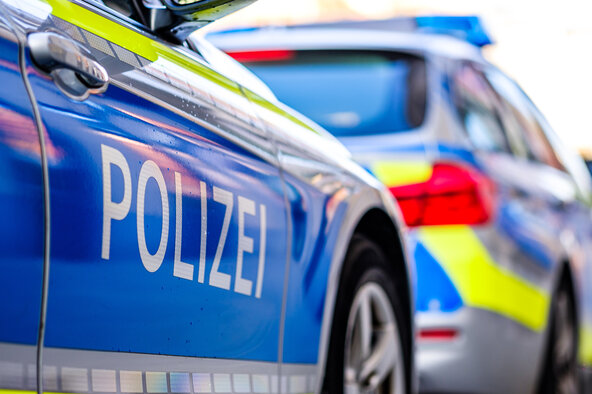
Marking of police vehicles and rescue services
With state-of-the-art prismatic and glass ball film constructions, ORAFOL offers international standard-compliant solutions for marking emergency vehicles. Decades of expertise have enabled the development of fluorescent films that can withstand even intensive use, including high-pressure cleaning.
Emergency vehicles can also be individually marked with logos or inscriptions.

Agricultural machinery and forestry vehicles
Agricultural and forestry vehicles often pose a considerable safety risk on the road. The ECE 86 regulation for vehicles in categories R, S and T therefore describes requirements for lighting equipment to prevent rear-end collisions and accidents at junctions and crossroads.
On this basis, ORAFOL has developed reflective warning films, contour markings and products for SMV marking boards that meet the high requirements of the regulation.
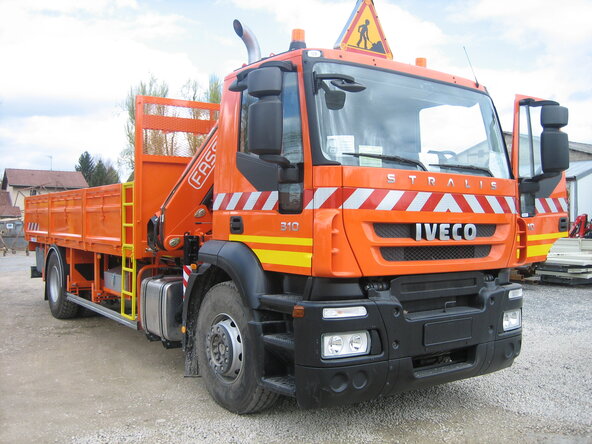
Construction vehicles and machinery
In Germany, construction vehicles and construction machinery must be marked with red and white hatched warning markings in accordance with DIN 30 710. ORAFOL provides suitable retroreflective products for these - and corresponding European and international regulations.
The focus here is on outstanding durability and longevity to protect against wear and tear and avoid costly replacements.
FAQ: Regulations, standards, specifications
For traffic signs, markings on trucks, fire department clothing and more: legal requirements have been defined to ensure the highest standards in the safety sector - in Germany, Europe and internationally. Together with specific customer requirements, these form the benchmark for product development at ORAFOL.
Here we provide easy-to-understand summaries of the most important applicable standards.
ECE Regulation No. 104: Markings for buses, trucks and trailers
ECE-R 104 is a regulation establishing uniform technical requirements throughout Europe for the approval of retroreflective markings for vehicles in categories M, N and O (buses, trucks and trailers).
The materials are divided into three classes:
Class “C”: material for contour/striping markings
Class “D”: Material for characteristic markings/graphics for a smaller area
Class “E”: Material for characteristic markings/graphics for a larger area
In terms of reflectivity, class “C” represents the highest value and class “E” the lowest.
Class “C” reflective films are required by law for new registrations.
ECE Regulation No. 104 does not contain any information on the installation of markings on vehicles - information on this, including installation requirements, is given in Regulation No. 48.
ECE 70 and ECE 70-01: Rear marking of trucks, trailers and semi-trailers
ECE Regulation No. 70
ECE-R 70, issued by the United Nations, regulates the approval of rear identification plates for trucks, trailers and semi-trailers. This regulation defines the specific requirements that rear identification plates must meet in order to bear the E homologation mark.
This E-approval mark is issued to the manufacturer by the competent authorities if the identification plates comply with the provisions of ECE Regulation No. 70.
ECE Regulation No. 70-01
To ensure that rear marker plates meet even higher requirements for reflection and vehicle visibility, the provisions in this amendment are made stricter. Amendment 01 lists two options in this respect: Rear marker panels with retroreflective and fluorescent materials (“RF”) or rear marker panels with retroreflective areas only (“RR”).
The third generation, the so-called ECE Regulation No. 70 Amendment 01, is already mandatory in most of the countries integrated into the ECE system of the United Nations. It sets the highest quality requirements for retroreflection and visibility that can be achieved today in the field of retroreflective film technologies. Products that comply with the provisions of ECE Regulation No. 70 Amendment 01 guarantee maximum homogeneity and safety in all member states of the United Nations.
EN 469:2005: Protective clothing for firefighters
The EN 469:2005 standard relates to protective clothing for firefighters, which is primarily worn as protection against heat and flames when fighting fires.
The performance requirements for clothing according to this standard concern
- Flame spread (tested according to ISO 15025)
- Convective heat (tested according to EN 367)
- Radiant heat (tested according to ISO 6942)
- Thermal resistance (tested according to ISO 17493:2000)
- Watertightness, dimensional stability, resistance to chemicals
The photometric requirements for retroreflective materials comply with EN 471 table 5 (level 2, material with individual properties, 330 table) or table 7 (material with combined properties, 65 table). While the minimum area for retroreflective materials with individual properties is 0.13 m2 , the minimum visible area for fluorescent material or material with combined properties is 0.20 m2 .
Retroreflective materials must also pass a flame propagation test and a heat resistance test. According to the latter test, the products must have a certain minimum retroreflection value.
EN ISO 20471 replaces EN 471: high-visibility warning clothing
What is EN ISO 20471?
EN ISO 20471 for high-visibility warning clothing is the new version of the previously valid European standard EN 471. In accordance with Directive 89/686/EEC, this standard is a legal requirement for the protection of persons working directly on the road or at the roadside.
The standards are determined on the basis of risk assessments for these groups of people and define the minimum requirements for high-visibility warning clothing that enables the presence of people to be recognized, as well as the test procedures and performance requirements for PPE for situations with a high risk potential.
What does this mean?
EN ISO 20471:2013 is the latest revision of the standard and defines the current standard to be complied with. All EN standards are revised every five years if deemed necessary. The EN 471 standard was first published in 1994. Since then, the European Technical Committee has requested several amendments to the standard.
These updates were prompted by requests from testing institutes and committee members, which mainly concerned changes relating to greater design freedom. Following its revision, the new standard was officially introduced in April 2004. The designation for the current version of the EN 471 standard with all additions and amendments is EN ISO 20471:2013.
What are the requirements of the standard?
The performance requirements of the standard concern
- Material colors
- retroreflection
- placement
- minimum area to be covered
of the materials on the high visibility clothing.
Three garment classes are defined based on three different minimum areas for retroreflective material, fluorescent material and/or material with combined properties. Each of these three classes offers a different level of conspicuity, with class 3 representing the highest level of visibility against most backgrounds encountered in urban and rural environments, both in daylight and at night.
Users should select the required performance class based on a risk assessment of the location/situation requiring garment protection to this international standard.
Class 2: Medium protection level
(sleeveless vests, coveralls, dungarees)
0.5 m2 fluorescent material / 0.13 m2 retroreflective material
Class 3: Highest protection level
(coats and jackets with sleeves, overalls, two-piece suits)
0.8 m2 fluorescent material / 0.2 m2 retroreflective material
The standard specifies certain requirements for the performance test procedures.
1) Brightness of retroreflective materials after exposure to:
- Rain
- temperature changes
- abrasion
- Folding at low temperatures
- Permanent creasing
- Washing
- Dry cleaning (if applicable)
2) Fluorescent materials:
- UV exposure
- Dimensional stability
- Water vapor transmission resistance
- Color fastness
- Mechanical properties
EN 1150:1999: High-visibility clothing for private use
This is the standard for private use, e.g. for jogging, cycling or other interactions with road traffic. It also includes sports users who require high visibility high visibility clothing for cycling races, road running, diving, etc.
While EN ISO 20471 describes a set of requirements for high visibility garments for professional use in the workplace, the EN 1150 standard provides more detail for private use along with minimum criteria for the areas and placement of reflective material to ensure improved visibility. Clothing to these standards allows users to be seen better in all light conditions. This applies both during the day and when illuminated by vehicle headlights in the dark.
For private use, EN 1150 is particularly recommended for children, cyclists and runners, etc.
Each item of clothing must consist of a background material (luminous) and retroreflective materials (reflective bands and rings). The background material ensures good visibility during the day, while the retroreflective elements improve visibility at night.
EN 1150 can be fulfilled by a minimum background area in combination with retroreflective materials, depending on the size of the wearer.
EN 12899 -1: 2007: Fixed, vertical road signs
This standard consists of five parts and was created for road authorities and private developers for the procurement of signs to be installed on public roads, highways and private property.
It also includes products according to Mandate M/111 Circulation brackets: Road Equipment contained in the Construction Product Directive (CPD) 89/106/EEC, which was replaced as of March 9, 2011 by the Construction Product Regulation (CPR) No. 305/2011 and which applies directly to the legislation of each member state.
These products include fixed vertical road signs, whether finished or as a kit to be assembled, and their components such as retroreflective sheeting for signs, posts and sign panels including lighting and fixing materials, and any combination of such components. This also includes illuminated traffic bollards, road marker posts and fixed retroreflectors.
The CE marking of products in accordance with EN 12899 has been mandatory within the European Economic Community (EEC) since July 1, 2013 in accordance with the CPR.
Fixed vertical road signs made of retroreflective materials based on glass bead technology must be CE marked in accordance with this standard. Fixed vertical road signs based on microprismatic technology shall be CE marked in accordance with the European Technical Approval (ETA) under the Common Understanding of Assessment Procedure (CUAP) number 01.06.04.
Part 1: Fixed signs
Part 1 specifies the requirements for complete sign assemblies, sign panels, retroreflective sheeting, sign supports and lighting. The performance requirements and test methods relating to retroreflective sheeting apply to glass bead technology. Such requirements for microprismatic technology are specified in the corresponding European Technical Approval (ETA).
Part 2: Translucent road bollards
Part 2 specifies performance requirements and test methods for new translucent road bollards with regard to their structural components as well as their colorimetric and retroreflective properties and luminous behavior and aging.
Part 3: Road delineators and retroreflectors
Part 3 specifies performance requirements and test procedures for new delineators and retroreflectors with regard to their structural components and their colorimetric and retroreflective properties and ageing.
Part 4: Factory Production Control
Part 4 describes the requirements for Factory Production Control (FPC) for the products described in Parts 1, 2 and 3 that relate to production and products certified to this standard.
Part 5: Initial type testing
Part 5 describes the requirements for initial type testing (ITT) of the products described in Parts 1, 2 and 3, which are to be carried out to determine the performance of product samples representative of the product type.
EN 13356:2001: Warning accessories for non-professional use
This standard specifies the optical performance and surface area requirements of accessories for non-professional use to improve wearer visibility when illuminated by vehicles on dark roads. The accessories can be worn on the body, placed on the head or otherwise attached by persons. This standard does not apply to clothing.
The standard identifies 3 accessory classes:
Type 1: Free-hanging accessories, such as reflective pendants.
Type 2: Detachable accessories, such as reflective bands and armbands.
Type 3: Attached accessories, such as adhesive stickers.
Optical performance standards are set by manufacturers for specific types of reflective sheeting. For example, Reflexite® 2032 is a reflective sheeting that has been certified to meet optical performance criteria.
For Type 1 accessories, the surface area must be between 15 cm2 and 50 cm2. If a type 1 accessory is reflective on both sides, its thickness must not exceed 10 mm.
Type 2 and 3 accessories must have a minimum surface area of more than 15 cm2.
EN 13422: 2004 + A1:2009: Traffic cones and traffic cylinders
This standard is a non-harmonized European standard in accordance with the Construction Products Directive 89/106/EEC. Products manufactured and placed on the market in accordance with this standard must receive and display product certification instead of CE marking.
This standard specifies requirements for new traffic cones and new traffic cylinders with retroreflective properties. It describes the basic minimum requirements for visibility and physical properties together with test methods to determine product performance and the means by which this performance is to be communicated to the user and safety authorities.
This standard further defines a number of categories and classes by which a traffic cone or traffic cylinder can be specified for use in different applications in accordance with best practice. In the case of physical properties, performance values and indication tests for cold weather, stability and resistance to impact are specified.
The minimum requirements for visual recognition, color, retroreflectivity and luminosity are also specified.
EN ISO 11612:2008: Protective clothing for industrial workers against heat and flame
This standard specifies the minimum requirements for clothing worn by industrial workers for protection against heat and flames. This includes brief contact with flames and at least one type of heat (convective heat, radiant heat, large splashes of molten metal or a combination of these).
For many of the hazards listed in this international standard, three performance levels are defined for each type of hazard:
- Level 1 for exposure to a low perceptible risk
- Level 2 for exposure to a medium perceptible risk
- Level 3 for exposure to a high perceptible risk
The retroreflective materials, inserts and markings attached to the outer surface of the garment must be tested in combination with the outer layer of clothing when exposed to flame on the surface and must exhibit the same flammability behavior as the outer material of the garment.
Glossary: Frequent terms
Stopping distance - vital! This has to do with the distance a driver needs to stop safely before reaching a person or object in their field of vision. There is a minimum stopping distance, which is made up of two distances: a) the distance that elapses between the moment the driver sees an object and the moment the driver initiates braking (the reaction distance), and b) the distance required to stop the vehicle after braking has been initiated (the braking distance). The guideline value for the perception reaction is 2.5 seconds - however, this area is very complex when you factor in unfavorable weather conditions and, for example, older drivers.
Viewing angle - The angle between the line formed by a beam of light striking a surface and the line that the retroreflected beam takes to an observer's eye. This angle is greater for the driver of a bus or truck, for example, than for the driver of a normal car. The viewing angle is also much greater for a driver and a vehicle close to a retroreflective sign or similar. Large viewing angles mean that reflective surfaces appear less bright to the observer.
Viewing angle - The angle between the retroreflective axis and the viewing axis.
Candela (cd) - Often described as an approximation of the luminous intensity of a candle flame, a candela is a unit of luminous intensity. Candlepower (cpl) - Expression for the luminous intensity in candela - the total candela or luminous efficacy.
Angle of incidence - The angle at which a beam of light strikes a point on the surface relative to a perpendicular line on that point. The angle of incidence is often used when explaining examples of the angular adjustment of reflective materials when applied to a background.
Recognizability - The term refers to the ability to be seen. In the area of standards, this has to do with the distance at which the object can actually be seen.
Fluorescence - The emission of light by a substance when it is exposed to electromagnetic radiation, such as visible light. As long as the light or electromagnetic radiation continues to strike the substance, electrons in the fluorescent material become excited but quickly return to a low energy state and emit light at the same frequency. This increases the visibility of a product to improve recognizability during the day and at night.
Brightness - Brightness is measured in a similar way to the braking power of a vehicle; the more braking power a vehicle has, the stronger it is. The unit of measurement for brightness is candela/lux/m2. The more candela, the brighter. If the vehicle is approaching you, you can take evasive action sooner if you recognize the vehicle early. So you are safer! Prismatic technology is usually twice as bright as glass beads and because the reflectivity is stronger, you can be recognized from a greater distance thanks to warning clothing with prismatic bands.
Contrast - The interaction of the background of an object with the luminance.
Luminance - The amount of light we see on a retroreflective surface, measured in units of candela per square meter. Luminance refers to what the driver actually sees.
Luminance ratio - The ratio of the luminance (photometric brightness) of two areas in the field of view.
Microprismatic technology - Invented by Reflexite over 30 years ago, this is now the most optically effective way to reflect light back to the viewer, such as the driver of a car at night. Prism technology works by refracting the light on the inner surface. Light hits the three surfaces of the microprisms in sequence before returning to the source. The retroreflective efficiency is enhanced by the precise arrangement of the microprisms, as can be seen in the microscopic magnification. The sophisticated surface utilization of the microprisms provides the highest reflection standards. This reflects up to 80 % of the light. At the largest angle according to EN471, the Reflexite material normally shows 1,000 candela/lux/m² - twice as much as alternative glass bead materials (normally 500 cd/lux/m²).
Photometer - An instrument for measuring light.
Source - The object that generates the light.
Retroreflective material - A material that has a thin, continuous layer of small retroreflective elements on or very close to the exposed surface (for example, retroreflective sheeting, bead paint, highway sign surfaces or pavement markings).
Retroreflector - A reflective surface or device from which, upon directional irradiation, the reflecting rays are preferentially reflected back in the direction opposite to the original point of origin of the rays; a property that should be maintained over many directional variations of the initial direction of the rays.
Retroreflection - Occurs when the surface reflects a large proportion of the incoming light beam back to its source. Therefore, retroreflective materials appear brighter to an observer close to the plane of the light source. Retroreflective surfaces are ideal for devices to improve their recognition by drivers at night.
Visibility - The term refers to something being quickly recognizable or obvious. This is relevant to the standards because with higher performance of the tapes or materials of clothing, traffic control devices and vehicles, drivers of vehicles also have a better opportunity to recognize a person or an obstacle more quickly and react accordingly.
Ambient background or surroundings - These terms refer to the light surrounding a reflective object, such as a sign. This determines how bright the reflective object can be seen by the viewer.
Safety at sea
ORAFOL products for safety at sea comply with even the strictest international safety standards.
The microprismatic technology ensures outstanding visibility and brings decisive advantages, especially for night-time search and rescue missions.

Visibility for buoys, life jackets, equipment and boats
Our high-quality microprismatic tapes for maritime safety are SOLAS approved and recognized by the EU and the US Coast Guard. With the brightest marine tape on the market or colorful reflective marine tapes that are visible for miles, ORAFOL offers unique solutions.
Developed from years of experience and interdisciplinary expertise, all our products are extremely robust, flexible and waterproof.
Industrial marking tapes
Precise marking of hazardous areas: Industrial marking tapes from ORAFOL were developed in accordance with DIN 4844 and score points with functions such as anti-slip properties, weather resistance and extreme flexibility. Depending on the hazard level, products with low or very high reflectivity can be used.
Collaboration: Reflective materials for industrial production
Flexible and competent: ORAFOL's technological breadth and vertical range of manufacture enable us to meet almost any specific request. We can therefore provide industrial producers with retroreflective materials of the highest quality - and adapt them to any production with interdisciplinary expertise.

Individually developed to the highest standards
For sportswear, dog harnesses, backpacks, cycle helmets and more: our retroreflective materials are suitable for implementing numerous customer-specific requirements. We offer comprehensive advice and guarantee quality that meets the highest standards.
Downloads
Personal Safety
PDF, 19058 Kb., 16 Pages
Marine Range
PDF, 19555 Kb., 8 Pages
Special Applications
PDF, 1082 Kb., 4 Pages


